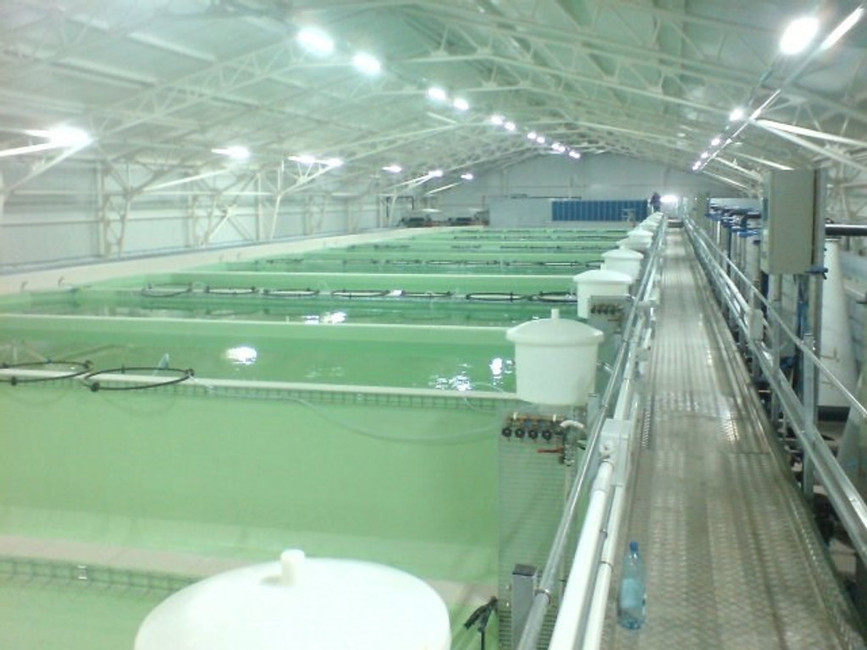
Improve Growth Rates & Lower FCR's with Automated Feed Systems
Aquaculture is an important industry that provides a significant portion of the world's seafood. With the growing demand for high-quality and sustainable seafood, aquaculture has become an increasingly popular method of producing fish and other aquatic animals. However, as with any farming operation, the success of an aquaculture system is largely dependent on the efficiency and effectiveness of its management.
One area where aquaculture operations can significantly improve their performance is in the feeding of their animals. Traditionally, aquaculture operations have relied on manual feeding, which is time-consuming, labor-intensive, and can result in inconsistent feeding practices. However, with the advent of automated feed systems, aquaculture operations can now feed their animals more efficiently, effectively, and with greater consistency. In this blog post, we will discuss how implementing automated feed systems in aquaculture can improve system performance and animal welfare.
Improved Feeding Efficiency
Automated feed systems can significantly improve feeding efficiency by delivering precise amounts of feed to the animals at regular intervals. This ensures that the animals receive the appropriate amount of feed at the right time, which can lead to faster growth rates, improved feed conversion ratios, and reduced feed waste. Additionally, automated feed systems can be programmed to adjust feed delivery based on the specific needs of the animals, such as their size, age, and growth stage, which can further improve feeding efficiency.
Consistent Feeding Practices
In traditional manual feeding practices, it can be difficult to ensure that animals are receiving the same amount of feed at each feeding. This can lead to inconsistent growth rates, which can impact the overall performance of the aquaculture system. Automated feed systems can help to ensure that animals receive consistent feeding practices by delivering the same amount of feed at each feeding. This can lead to more predictable growth rates and better overall performance of the system.
Reduced Labor Costs
Manual feeding practices can be labor-intensive, requiring significant amounts of time and resources to ensure that animals are being fed properly. Automated feed systems can significantly reduce labor costs by eliminating the need for manual feeding. This can free up employees to focus on other important tasks, such as maintenance, monitoring, and management of the aquaculture system. Additionally, automated feed systems can be programmed to deliver feed during off-hours, which can further reduce labor costs.
Improved Animal Welfare
Automated feed systems can also improve animal welfare by providing a more natural feeding environment. In traditional manual feeding practices, animals may become conditioned to expect food at certain times, which can lead to stress and aggression. Automated feed systems can help to reduce this stress by providing a more natural feeding environment that mimics the animals' natural feeding patterns in the wild. Additionally, automated feed systems can be programmed to provide more frequent, smaller feedings, which can help to reduce stress and improve overall animal welfare.
Implementing automated feed systems in aquaculture can provide a number of benefits, including improved feeding efficiency, consistent feeding practices, reduced labor costs, and improved animal welfare. As the demand for high-quality and sustainable seafood continues to grow, aquaculture operations will need to continue to innovate and improve their systems to meet this demand. Automated feed systems are just one example of how aquaculture operations can improve their performance and promote sustainable and responsible aquaculture practices.
Contact Global Aquaculture Supply today to learn more about our comprehensive automated feeder selection.
